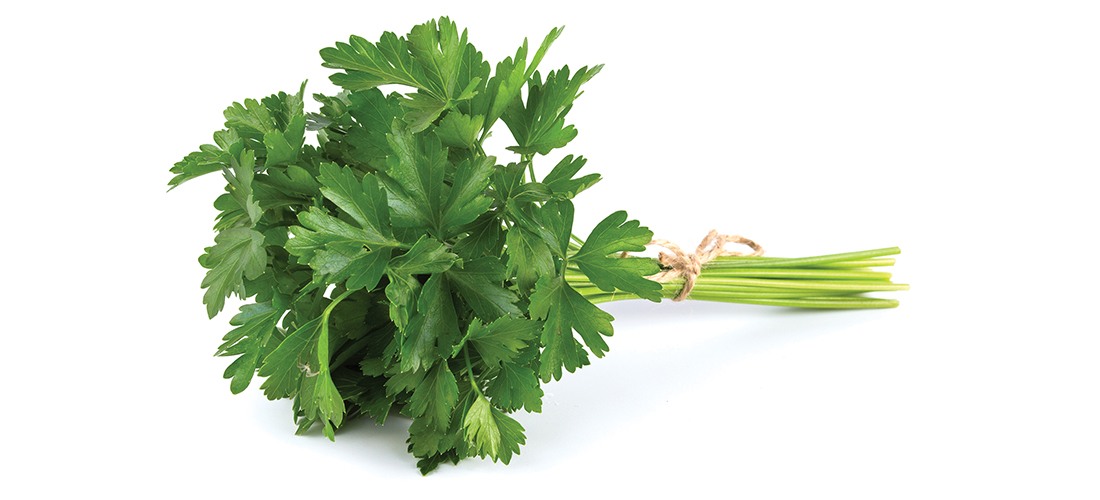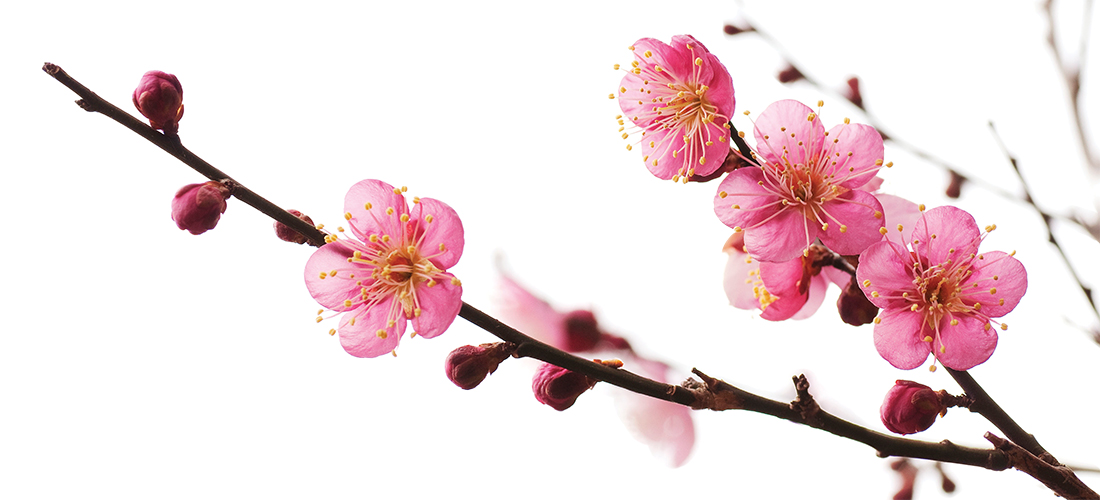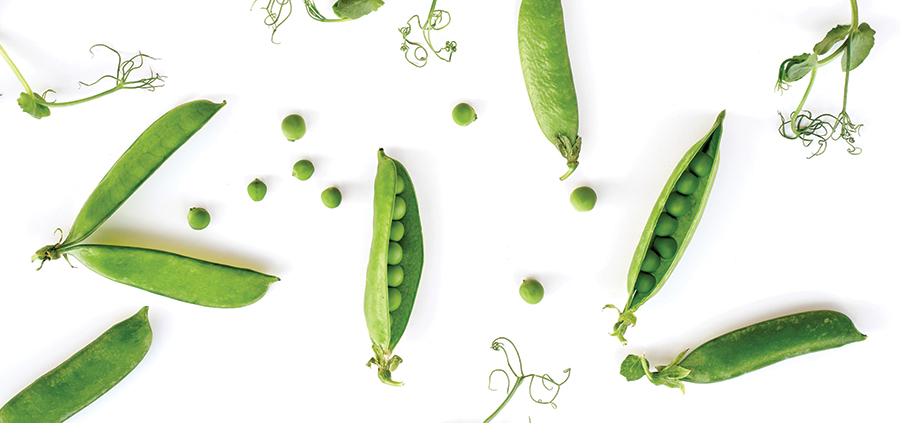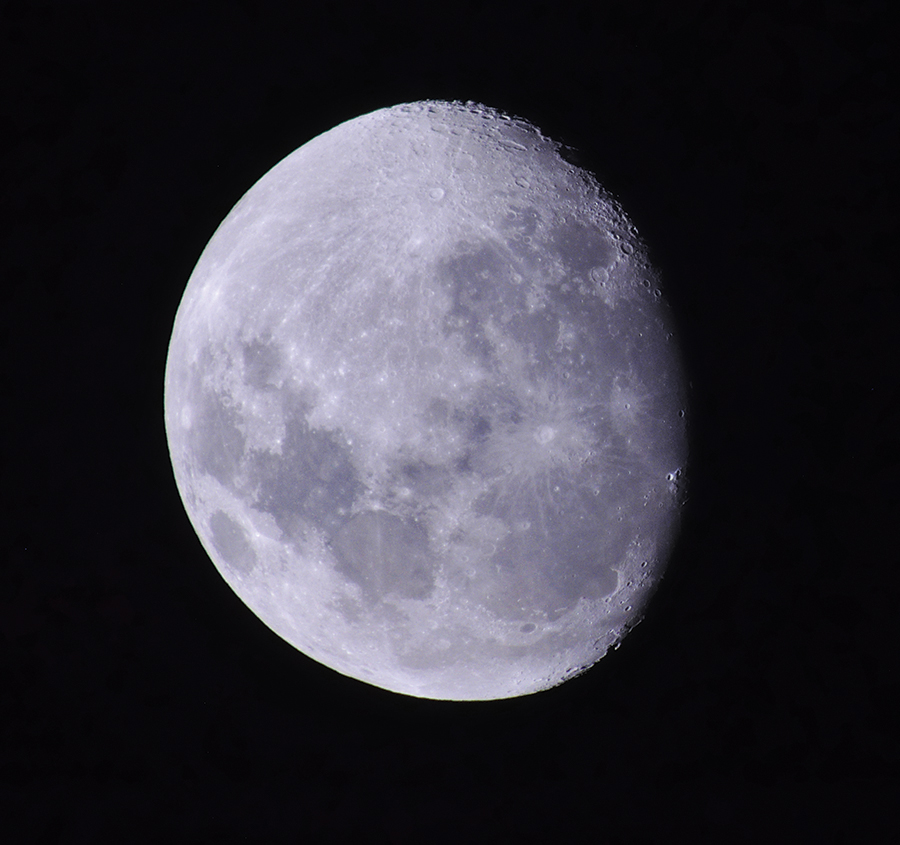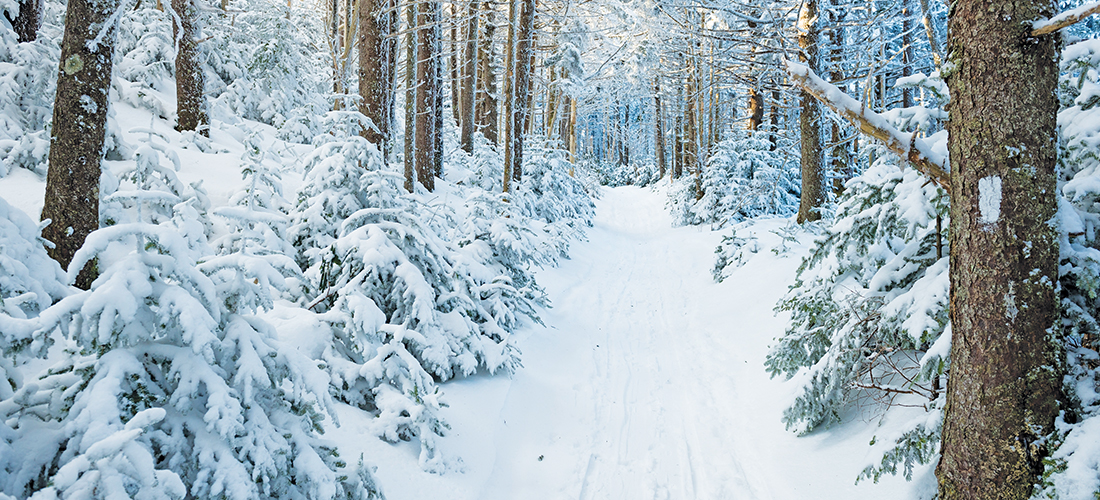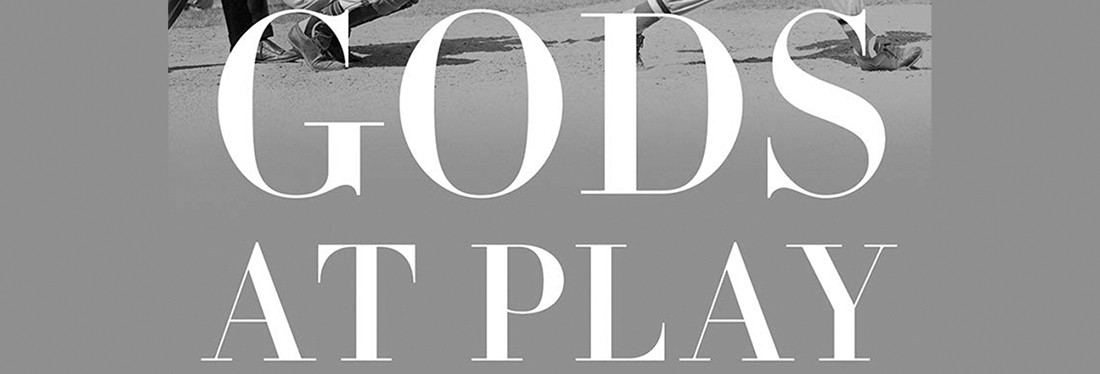It’s Not Easy Being Green
But a patch of parsley will do the trick
By Jan Leitschuh
If January finds you craving a little green, plant parsley.
Parsley’s kitchen presence ain’t what it used to be, when the culinary herb was ubiquitous. The classic lazy chef’s garnish — an afterthought to a side dish, an expected spot of green on the plate — parsley is not the first herb cooks reach for these days when tossing together a quick meal.
And that’s a shame, because parsley is simple to grow and surprisingly nutritious for a bit of verdant fluff.
That “spot of green” on the plate does equally well as a welcome spot of green in the garden in most Sandhills’ winters. Parsley is simple to grow. And in the old Simon and Garfunkel folk ballad “Scarborough Fair,” what gets first billing in parsley, sage, rosemary and thyme?
As a mildly bitter culinary herb, parsley’s clean and peppery taste can offer folks weary of rich holiday fare a fresh, healthy switch-up.
My friend Teresa’s introduction to parsley is probably typical. When she was traveling as a kid, her family would always stop at a roadside chain breakfast place on the interstate. “Seems like a sprig of parsley came on every plate as decoration,” she recalls. “I tried it and I liked it. To me, it was somewhat minty. My family would offer me theirs. My dad would always tease, ‘You want my rabbit food?’”
Because its deep taproot tolerates our winters, some local gardeners like to interplant the green herb with pansies and flowering kales. During warm spells, it grows vigorously. In cold weather, it can hold its own. I have brushed snow off a patch and harvested it. Some of the lushest outer sprigs may freeze, but the crown and core persist.
My friend Elaine grows parsley for the kitchen. “It’s in a big pot on my back porch,” she says. “I’ll probably bring it in tonight because the temperature is going down into the mid-20s, and I have a lot of it I want to use.”
Elaine, a retired nurse, likes to use it fresh in recipes. “There are some things that just taste better with fresh parsley rather than dried . . . a chicken dish, potatoes. I like tabbouleh,” she says. “The best thing I use it in, though, is a recipe for lemon-garlic roasted cauliflower rice that I got from our Jazzercize teacher, Debby Higginbotham.” Elaine shares that recipe below.
To plant, pick up a few pots of parsley at a local garden center. If you can’t find parsley for sale now, it will be available in the earliest spring, when you really need a hit of green.
Planting and care are easy. Pick a sunny spot, plant the crown at soil level, water during dry spells in winter.
Parsley is a biennial, which means it will last two years, but I treat it like an annual. The leaves are still edible the second year but can get a little bitter sometimes if it bolts — grows a seed stalk — in its second spring.
Wash fresh parsley right before using, since this tough-growing plant is fragile. Clean it just as you would spinach. Place it in a bowl of cold water and swish it around with your hands, allowing any sand to dislodge.
Unwashed parsley stays fresh for up to two weeks, whereas dried parsley may last up to a year. To freeze, chop and layer in a plastic bag about a 1/2-inch thick. Press as much air out of the bag as possible, and freeze. Break off flat pieces as needed.
Rich in antioxidants and nutrients like vitamins A, K, and C, parsley may improve blood sugar and support heart, kidney and bone health. Also a diuretic, parsley can help increase urine output and flush bacteria from the urinary system.
It’s a superfood, but probably best not to juice in great bunches — a little goes a long way. Your tasty Argentinian chimichurri aside, WebMD says very large quantities of parsley are possibly unsafe, especially for those with kidney disease. Parsley is high in oxalates, which can contribute to kidney stones in some.
Many tasty dishes sparkle with a teaspoon or two of fresh parsley. Couscous with red onion, feta, cucumbers and parsley is a classic. Whip up a chimichurri for skirt steak. Toss your zucchini noodle salad with a parsley-pistachio pesto, instead of basil and pine nuts. Tabbouleh with tomatoes, lemon juice and parsley is a great way to use up a bunch.
Or enjoy the clean, winter eating of Elaine and Debby’s recipe:
Lemon-Garlic Roasted Cauliflower with Fresh Parsley
Preheat oven to 425. Spray the bottom of a sheet pan or cookie sheet with olive oil.
Combine about 16 ounces, (or a pre-riced bag) of riced cauliflower with a tablespoon of olive oil, 3 chopped or pressed garlic cloves and 1/2 teaspoon salt. Mix and spread on pan. Roast for 25 minutes. Halfway through, stir to prevent burning.
Transfer to a bowl, mix with a teaspoon of fresh lemon juice and 2 teaspoons of freshly chopped parsley.
Spoon over roasted chicken, salmon or another fish. Enough for two. PS
Jan Leitschuh is a local gardener, avid eater of fresh produce and co-founder of Sandhills Farm to Table.

